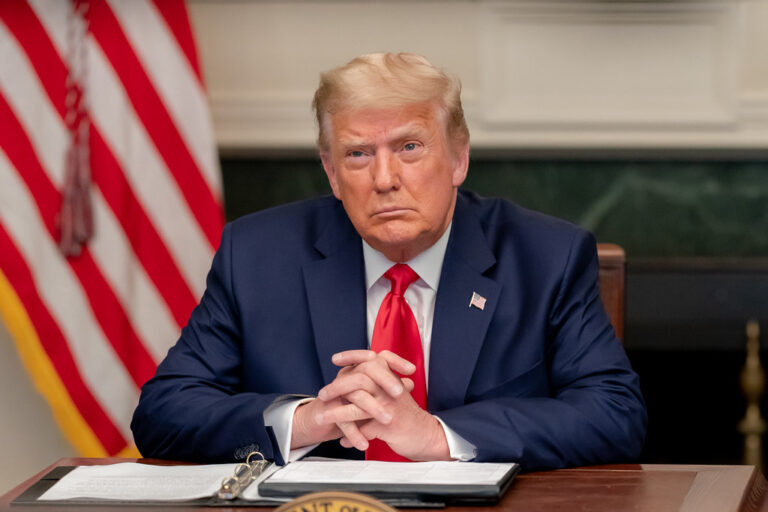Starting in January 2025, Republicans will hold all the reins of power in Washington: the presidency, the House of Representatives, and the Senate. This kind of political “trifecta,” as it’s called, might sound like a recipe for easy decision-making and big wins for their agenda. After all, when one party controls everything, it seems like they should get things done without much trouble, right? Well, not so fast. Even when a party has all the power on paper, things don’t always go as planned.
Having a Republican president in the White House, Donald Trump, and Republican majorities in Congress definitely gives the party a leg up compared to having to negotiate with Democrats. For example, Trump’s earlier term saw a major tax reform pass in 2017, thanks in part to the large Republican majority in the House back then. Bigger numbers made it easier to rally support. But this time around, Trump’s majority in both the House and the Senate will be razor-thin. A tight margin means just a handful of Republicans breaking ranks could throw a wrench into his plans. It also gives individual lawmakers more bargaining power to demand changes to legislation—or block it entirely.
Trump won’t be the first president to start his term with a trifecta. In fact, the last six presidents all began their presidencies with their party in control of Congress, including Biden, Obama, and even Trump himself in 2017. But here’s the catch: smaller majorities make governing harder. Take Obama in 2009, for example. He had a huge majority in the Senate when he passed the Affordable Care Act, but even then, he had to water down the bill to appease moderate Democrats. Big majorities can include lawmakers with widely different views, making it tough to please everyone. Trump’s new Congress won’t have that big buffer. His advantage in the House will be the smallest of any recent president with a trifecta. That slim lead also means his proposed cabinet members could face challenges getting confirmed in the Senate.
Even with Democrats in the minority, don’t expect them to sit quietly. They’ll still have tools like the filibuster to block legislation that isn’t budget-related. But perhaps a bigger challenge for Trump will come from within his own party. Republicans have been divided for years, with some members pushing for bold, far-right policies and others leaning more moderate, especially those representing districts where voters supported Biden in 2020. These internal divisions have already caused plenty of chaos in the Republican-led House over the past two years, from leadership struggles to stalled legislation. That same far-right faction is sticking around in the next Congress, and they’ll still be large enough to throw a wrench into any close votes. Even basic tasks, like passing a budget, could turn into a major headache for Republican leaders like Speaker Mike Johnson.
One of the reasons for this tension is the balancing act lawmakers have to perform. On one hand, they face pressure from party leaders in Washington to support Trump’s agenda. On the other, they have to answer to voters back home in their districts. For example, lawmakers from deep-red districts will likely back Trump’s policies without hesitation. But those from more moderate areas, especially districts that Biden won in 2020, might tread more carefully. They know that sticking too closely to Trump could cost them their seats in future elections.
To make things trickier, Trump plans to nominate three Republican House members to high-level roles in his administration. While that might help him build his team, it leaves Republicans in the House with an even slimmer majority to work with—possibly in the single digits. Every vote will count.
While having a Republican trifecta makes it easier for Trump to push his agenda compared to his first term, this isn’t a guaranteed win. Tight majorities, party divisions, and determined Democrats mean that the road ahead could be bumpy. For Trump, it’s not just about controlling the government—it’s about managing the politics within his own party. As the past has shown, even a trifecta doesn’t mean smooth sailing in Washington. Buckle up—it’s going to be an interesting ride.

